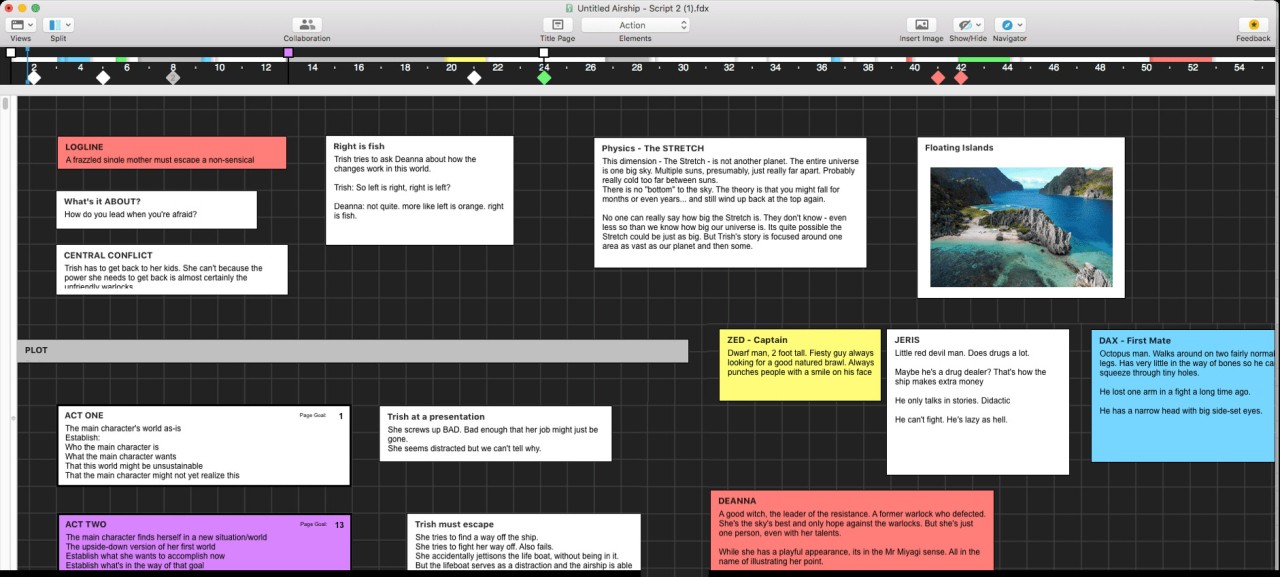

Subscriber members (countries with small economies)Īs of 2022, there are 167 national members representing ISO in their country, with each country having only one member. The technical management board is responsible for more than 250 technical committees, who develop the ISO standards. Ī council with a rotating membership of 20 member bodies provides guidance and governance, including setting the annual budget of the central secretariat. The organization is coordinated by a central secretariat based in Geneva. Members meet annually at a General Assembly to discuss the strategic objectives of ISO. ISO is a voluntary organization whose members are recognized authorities on standards, each one representing one country. The organization officially began operations on 23 February 1947. In October 1946, ISA and UNSCC delegates from 25 countries met in London and agreed to join forces to create the International Organization for Standardization. The ISA was suspended in 1942 during World War II but, after the war, the ISA was approached by the recently-formed United Nations Standards Coordinating Committee (UNSCC) with a proposal to form a new global standards body. The organization that is known today as ISO began in 1926 as the International Federation of the National Standardizing Associations ( ISA), which primarily focused on mechanical engineering. Plaque marking the building in Prague where the ISO predecessor, the ISA, was founded. īoth the name ISO and the ISO logo are registered trademarks and their use is restricted. ĭuring the founding meetings of the new organization, however, the Greek word explanation was not invoked, so this meaning may be a false etymology. Whatever the country, whatever the language, the short form of our name is always ISO. ISO is derived from the Greek word isos ( ίσος, meaning "equal").

The organization provides this explanation of the name:īecause 'International Organization for Standardization' would have different acronyms in different languages (IOS in English, OIN in French), our founders decided to give it the short form ISO. The letters ISO do not represent an acronym or initialism. The International Organization for Standardization in French is Organisation internationale de normalisation and in Russian, Международная организация по стандартизации ( Mezhdunarodnaya organizatsiya po standartizatsii).

ISO has 804 technical committees and subcommittees concerned with standards development. As of February 2023, the ISO has developed over 24,676 standards, covering everything from manufactured products and technology to food safety, agriculture, and healthcare. The organization develops and publishes international standards in all technical and nontechnical fields other than electrical and electronic engineering, which are the responsibility of the International Electrotechnical Commission. As of 2022, there are 167 members representing ISO in their country, with each country having only one member. The International Organization for Standardization is an independent, non-governmental organization, whose membership consists of different national standards bodies.

The three official languages of the ISO are English, French, and Russian. It is headquartered in Geneva, Switzerland, and works in 167 countries as of 2023. The organization develops and publishes standardization in all technical and nontechnical fields other than electrical and electronic engineering, which is handled by the IEC. It has 811 Technical committees and sub committees to take care of standards development. ISO was founded on 23 February 1947, and (as of November 2022) it has published over 24,500 international standards covering almost all aspects of technology and manufacturing. Membership requirements are given in Article 3 of the ISO Statutes. The International Organization for Standardization ( ISO / ˈ aɪ s oʊ/ ) is an international standard development organization composed of representatives from the national standards organizations of member countries.


 0 kommentar(er)
0 kommentar(er)
